ROCKPORT — Samantha Appleton grew up in Camden and spent most of her early life on the midcoast of Maine. All the while, she thought about what the world was like in places like Bosnia, Rwanda and other war zones that she read about in the pages of the newspaper.
From a very young age, Appleton knew she wanted to be a foreign correspondent for a news-gathering organization. She set out on a path to accomplish that goal at age 13, when she took her first photography class at what is now known as Maine Media Workshops.
Today, Appleton’s resume includes work for the New Yorker and Time magazines, and she has covered conflicts in Iraq, Afghanistan and Lebanon. She documented the 2008 presidential campaign, and worked for more than two years as an official White House photographer for the Obama administration.
Through her position at the White House, few people had more access to President Obama than Appleton. Almost every day for 2½ years, she spent up to 20 hours with the president, accompanying him to official state functions and meetings with advisors, and observing private moments with his family.
She left the position in November 2011 because she did not want to cover another election. Since then, she has been home in Camden, where she is writing a book about her experiences in Iraq.
A collection of photographs from her time in Iraq, on the campaign trail and at the White House are on view in the loft gallery at the Center for Maine Contemporary Art in Rockport. The exhibition, “Here From There,” is on view through Sept. 22.
“It’s not about conflict as much as it’s about history,” says Appleton, 37. “I’m addicted to history. I don’t want to make it, but I love covering it.”
THE PERSONAL APPROACH
Appleton’s photographs are distinguished by her desire to cover history from a personal and intimate perspective. She arrived in Baghdad after the city fell. Journalists covering the war left the city in droves just as she arrived.
She was interested in the civilian side of the conflict. “That’s the part of the story I love and do the most,” she says.
The most evocative images from her Obama collection are those taken when no one else was watching — a farewell hug with his daughters before he boards Marine One, a tease from his wife as he devours finger food that he snatched from a tray as they walked to the elevator.
“They had just come from a Cinco de Mayo party, and the poor guy was starving. As we were walking out, he just started grabbing food, and she was giving him a hard time,” Appleton says. “It’s that moment between them. Just the two of them in the elevator.”
CMCA director Suzette McAvoy says the images illustrate a brief segment of an evolving moment in time. Although the subjects may appear unrelated, the exhibition suggests they are woven together with a thread of war, politics and statesmanship.
“She is covering important events in contemporary history,” McAvoy says. “As an organization dedicated to the present and now, what better way to emphasize our mission than by showing the work of a contemporary Maine photographer who has been documenting history at the world level?”
Appleton covered the civilian side of the war for three years, beginning in 2003 after the invasion. She latched onto the Obama campaign in 2007 when he was an unlikely nominee. She tells both stories from the street level, focusing her lens on the civilians in Iraq and the masses who came out to hear Obama’s campaign pitch.
The images mingle together, with pictures from the campaign trail hanging alongside photos from bombed-out Iraq. We see U.S. children anticipating the arrival of Obama alongside Iraqi children huddled together in fear.
After following Obama for 1½ years during the election, Appleton latched on as White House photographer for another 2½ years. She spent three years in Iraq followed by four with Obama — two “profoundly different experiences” that tell two sides of modern history, McAvoy notes.
CHASING THE DREAM
The title of the exhibition, “Here From There,” suggests that Maine may not be as isolated as we sometimes think it is, and that you can indeed get there from here if you are willing to follow a circuitous route.
Appleton did so by running down her dream.
She began reading The New York Times as a teenager, and developed a keen interest in international affairs at a young age. “When I was 15 or 16, I knew I wanted to be a foreign correspondent,” she says.
She attended public schools in Maine through her sophomore year of high school, then enrolled at Phillips Academy in Andover, Mass., graduating in 1993. From there, she went to the University of Washington, where she worked on the student newspaper.
After college, she moved to New York and assisted James Nachtwey, a photojournalist best known for documenting armed conflicts and social issues across the globe. Since then, Appleton has largely followed Nachtwey’s example, covering conflicts in Iraq, Afghanistan and Lebanon, as well as social issues in Africa and immigration issues in the United States.
Appleton is unsure of her next move. For now, she is happy to be back in Maine showing her work and writing her book.
“It feels good to be home,” she says.
Staff Writer Bob Keyes can be contacted at 791-6457 or:
bkeyes@pressherald.com
Twitter: pphbkeyes
Send questions/comments to the editors.


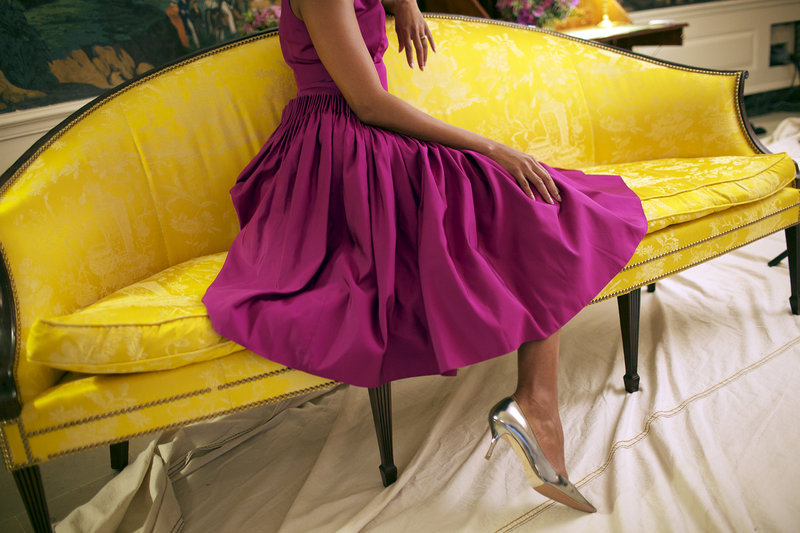
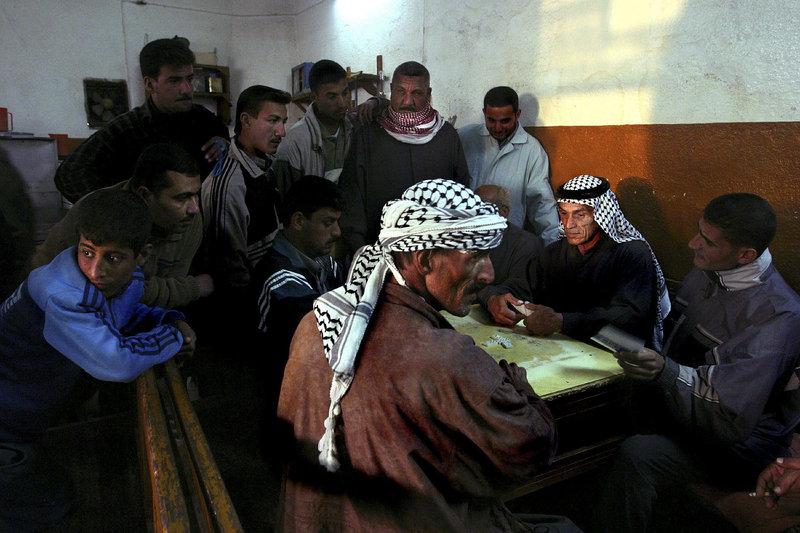
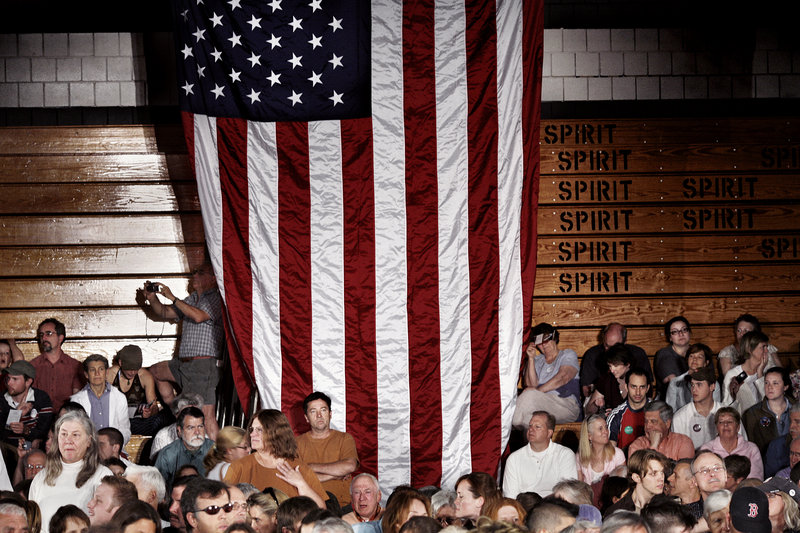
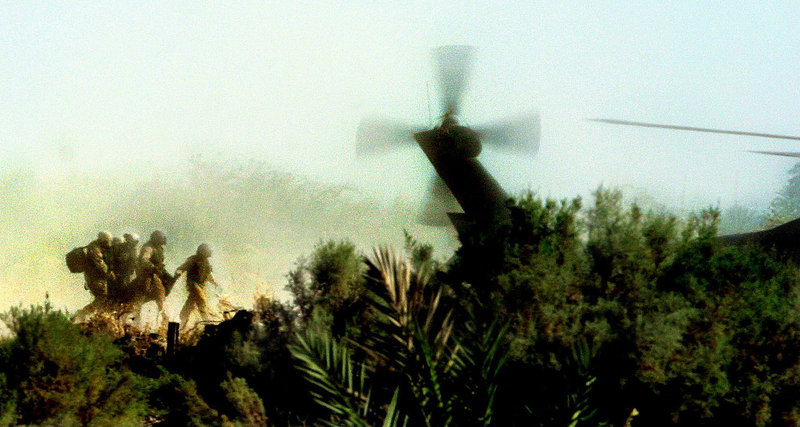
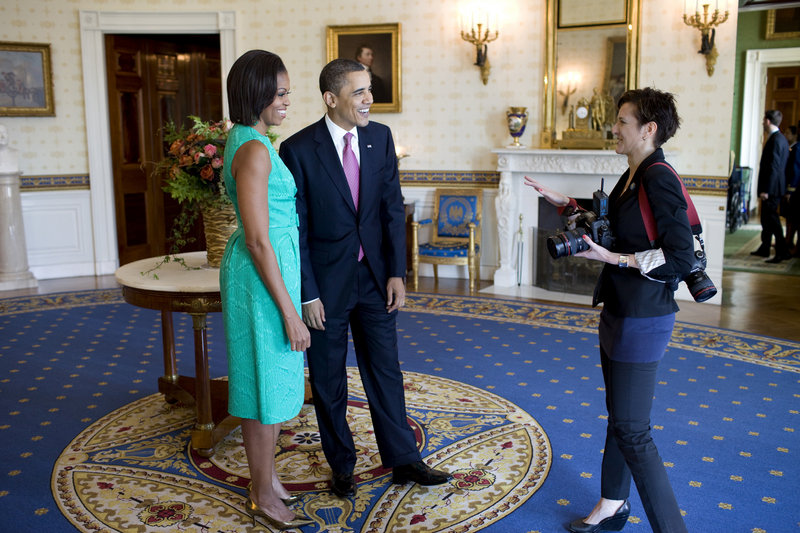
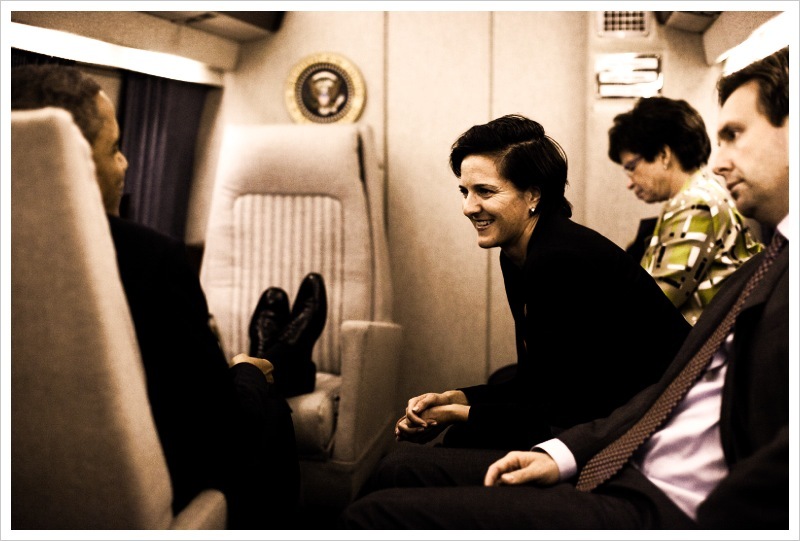

Comments are no longer available on this story